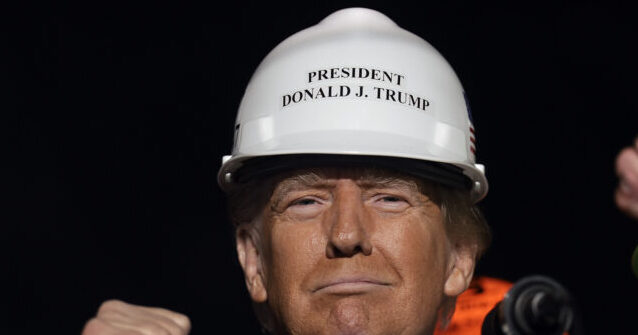In October, consumer sentiment reached a seven-month high, propelled by a notable surge in optimism among Republican voters anticipating a potential Donald Trump victory in the upcoming presidential election. Data from the University of Michigan indicated that the index of consumer sentiment rose to 70.5, a growth from September’s 70.1, marking the highest level since April. This increase reflects a significant rise in confidence among Republicans, who reportedly believe that a Trump presidency would improve economic conditions, with the sentiment in this group rising by eight percent. In contrast, sentiments among Democrats experienced a slight decline, showcasing the polarizing effect of the election on public opinion.
With Election Day looming just two weeks away, the electoral battle between former President Trump and Vice President Kamala Harris is heating up, characterized by fierce competition from both candidates. Recent polls from respected sources like the Wall Street Journal and the New York Times indicate a shift in momentum, revealing that Trump has moved ahead in the national popular vote—a significant change from previous polls that showed Harris in the lead. If Trump secures the popular vote, it would likely bolster his position in the electoral college, increasing the likelihood of his return to the presidency. This situation highlights the evolving dynamics of the race and the critical importance of voter sentiment in determining election outcomes.
Consumer sentiment has shifted dramatically since last month when Democratic electoral prospects seemed promising, and sentiment among Democrats had seen an uptick. In contrast, sentiment among independents and Republicans had decreased during that period. The current rise in sentiment coincides with a broader narrative of changing political fortunes as the election approaches. Despite this newfound confidence, the overall level of consumer sentiment is notably below its peak in 2021, which was recorded at 88.3. This suggests that while some segments of the population feel optimistic, general confidence remains fragile, especially amid ongoing economic uncertainties.
Interestingly, consumer sentiment as measured today is even lower than during the height of the pandemic, illustrating a significant shift in public perception. Prior to the pandemic, consumer sentiment during Trump’s presidency often hovered near or above 100, indicating a stronger sense of economic well-being. The current sentiment indexes suggest that while Republicans are experiencing a boost, the overall economic outlook remains subdued. This pervasive uncertainty indicates that many consumers are still grappling with issues impacting the economy, such as inflation, job security, and overall economic stability.
In more detailed findings, the index of current economic conditions rose to 64.9 in October, driven primarily by the rising sentiment among Republicans. This change signifies that Republican respondents are more bullish about their current economic circumstances compared to their Democratic counterparts, whose sentiment has declined. The index of consumer expectations, however, dipped slightly overall, primarily due to a decrease in confidence among Democrats. Independents slightly improved in their outlook, reflecting a more nuanced understanding of the political and economic landscape as the election nears.
The fluctuations in consumer sentiment encapsulate the broader socio-political environment in the United States. As the election draws near, the optimism of Republican voters contrasts sharply with the uncertainty faced by Democrats, reflecting the tight-knit nature of this electoral cycle. This scenario serves as a reminder of how political dynamics can swiftly influence economic perceptions among consumers. Despite the increases in sentiment for some, the lingering uncertainties overshadow the positive developments, highlighting the complexities of voter sentiment and its implications for the upcoming election outcome and the overall economic climate.

